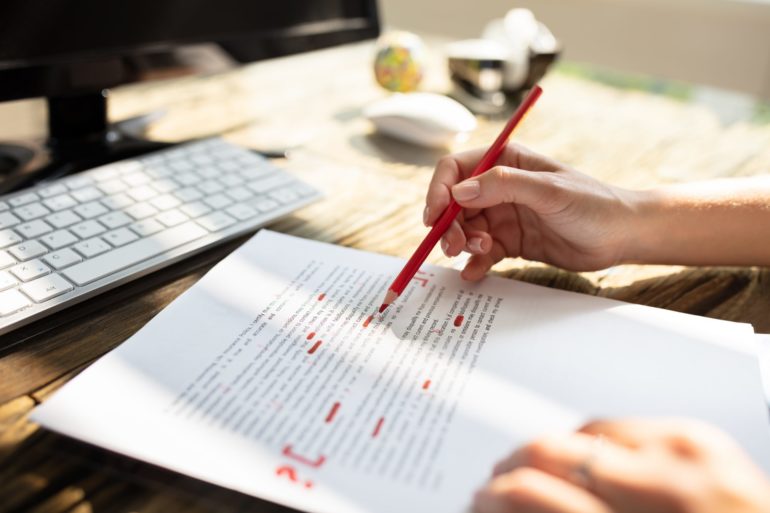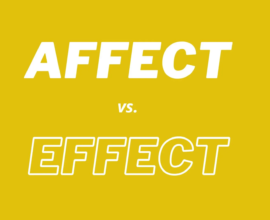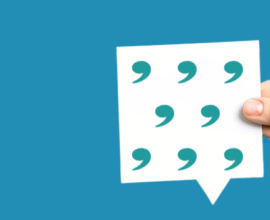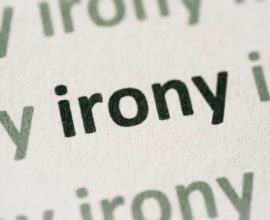Guide to Editing a Nonfiction Book
“The writer who breeds more words than he needs is making a chore for the reader who reads.” Dr Seuss
Nonfiction usually begins with an epic idea that flows unimpeded from your mind. You write pages and pages, pouring your mind and heart into a story you want to share with the world. Before you know it, you have a book that maps out your experiences into a sublime text!
But, apart from sharing your ideas and experiences, any type of nonfiction book has to have a structure to it that makes it easy for readers to consume. It needs to sound professional, intriguing and easily decipherable.
How to edit a nonfiction book
Here are some things to keep in mind while editing your non-fiction book:
- Overall structure
If your nonfiction book outlines a journey and imparts valuable information along the way, make sure the text is easy to read and as clear as possible. Each chapter should flow in a logical order. If an epiphany or transformation is happening in the book, the reader must be eased into it. Don’t leave jargon unexplained.
Remember that your reader has been newly introduced to a world of your ideas, which means you have to explain right from the basics. The overall structure of your book will leave a lasting impression on your readers.
- Target audience
Before you scribble down your ideas in a flurry, ask yourself, who is the primary readership for your book? Although your book can comprise your writing style and your journey, you have to think about whom you are narrating this book to at all times. This will help you write for your audience and increase your reader’s chance to relate to your idea and learn from your words.
- Language
Be it Self-help, Autobiography, Philosophy, or Travelogue, if your nonfiction book reads like a textbook brimming with monologues of information, nobody is going to read it. A nonfiction book generally takes an informal, friendly voice to narrate experiences, share stories, and valuable lessons. Using colloquial language will make your book suitable for every reader. It will help them grasp information without being intimidated by it. Pay extra care to your language and write your book in a conversational manner.
Keeping these key points in mind, you can begin your editing process:
- Add Subheadings
In a nonfiction book, subheadings increase readability. They instantly catch the reader’s attention and make them curious about the topic. Not only do they aid the reader, but they also help you, as a writer! If you have diverse topics in mind, subheadings create a coherent flow in your writing and make your job as a writer simpler.
- Include Transition Words
Unlike fiction books which are elevated with long descriptive sentences, nonfiction books focus more on information and less on pretty prose and poetic lines! Transition words such as ‘additionally,’ ‘also,’ ‘hence,’ ‘consequently,’ ‘moreover,’ etc help you write short, crisp sentences while making your writing interesting and easy to read.
- Correct Grammatical Errors
Even the best writers tend to make silly errors especially while jotting down their first draft! Make sure you read your manuscript carefully before submitting it. Pay extra care towards tense usage and spelling mistakes. For fool-proof editing, you can make use of several free tools that will help you refine your writing. Pro-tip: Reading your work aloud makes it easier to identify mistakes!
- Cut it Down
When in doubt, cut it down! Sometimes while sharing a personal experience or while trying to make a point, we might sound repetitive and boring. This will tamper with your writing style and voice. While editing, cut down repetitive sentences and stick to the point to keep your readers thoroughly engaged.
Once you’ve successfully edited your book, you are ready to get it published! There are two routes you can take for your book. Traditional Publishers generally require you send your work through a literary agent. The process is long and requires a lot of patience.
Your second option is to Self-publish your book. Self-publishing platforms such as Notion Press allows you to publish for free! You get to have complete ownership and creative control over your book. Your book will be available on leading e-commerce websites such as Amazon and Flipkart all over the world! You can fulfil your dreams of becoming a bestselling author and earn 70% royalties on the sale of your book. At Notion Press, we aim to share stories, spread ideas, change the world!






